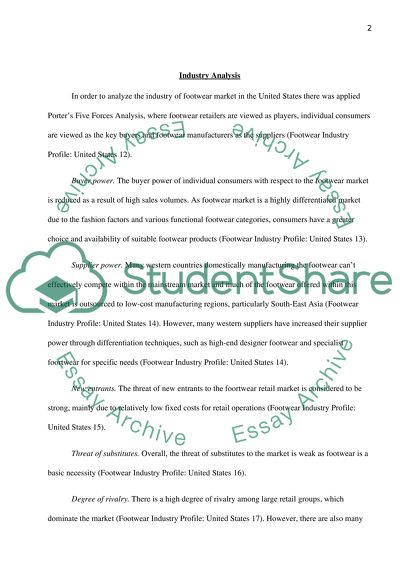Cite this document
(“Sustainability Financial Analysis Project Research Paper”, n.d.)
Sustainability Financial Analysis Project Research Paper. Retrieved from https://studentshare.org/finance-accounting/1487781-sustainability-financial-analysis-project
Sustainability Financial Analysis Project Research Paper. Retrieved from https://studentshare.org/finance-accounting/1487781-sustainability-financial-analysis-project
(Sustainability Financial Analysis Project Research Paper)
Sustainability Financial Analysis Project Research Paper. https://studentshare.org/finance-accounting/1487781-sustainability-financial-analysis-project.
Sustainability Financial Analysis Project Research Paper. https://studentshare.org/finance-accounting/1487781-sustainability-financial-analysis-project.
“Sustainability Financial Analysis Project Research Paper”, n.d. https://studentshare.org/finance-accounting/1487781-sustainability-financial-analysis-project.


